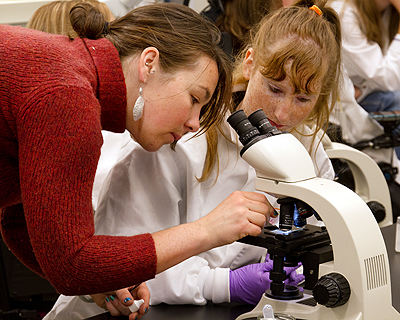Knowledge Base
The DO-IT Knowledge Base currently contains over 800 Case Studies, Promising Practices, and Q&As regarding accessibility of technology, college, graduate school, and careers for individuals with disabilities. To learn how you can contribute an article, email doit@uw.edu.
